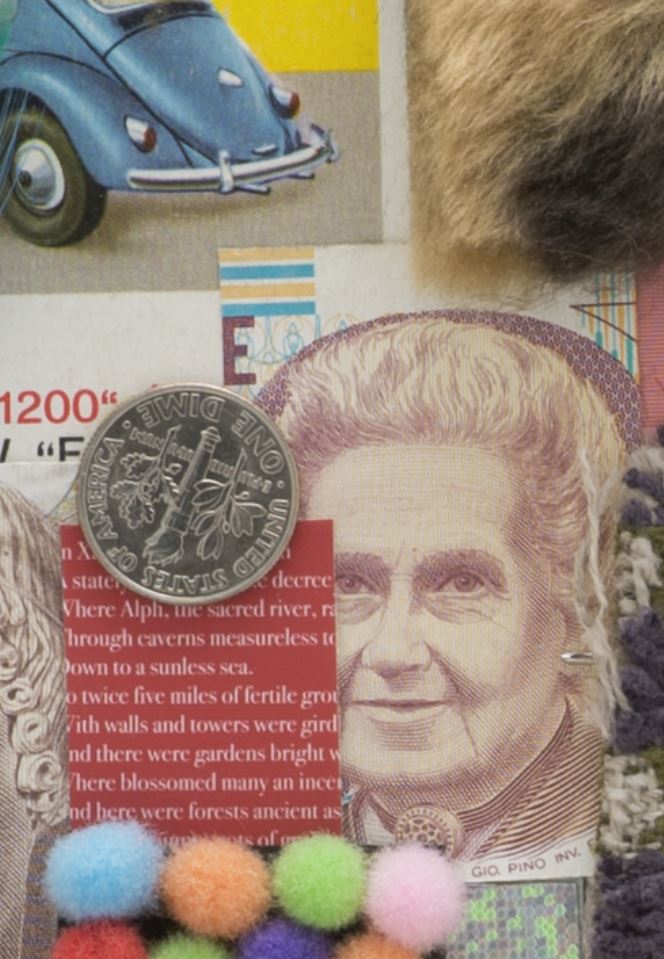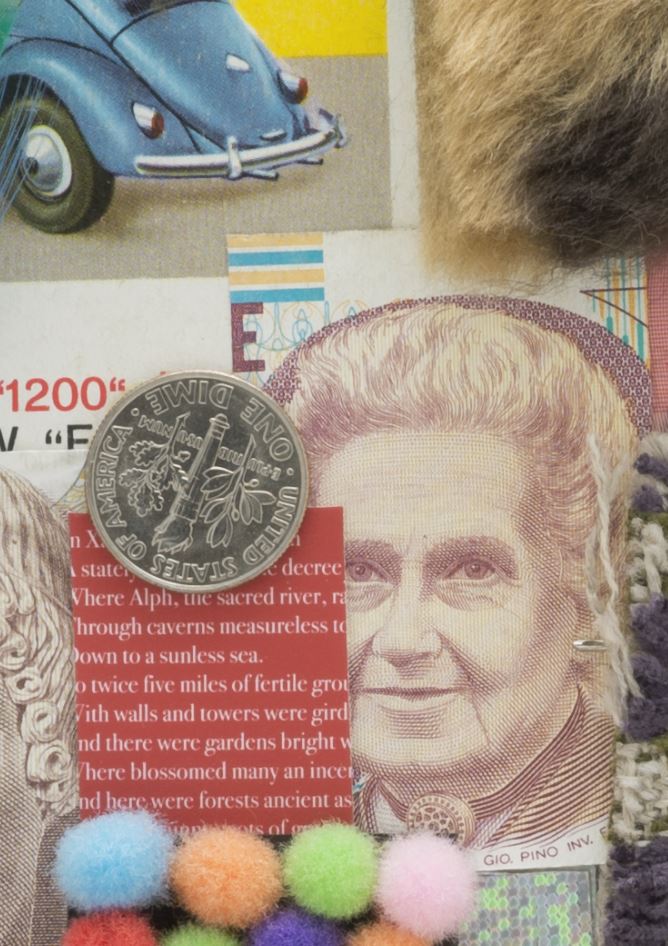- Messages
- 5,813
- Edit My Images
- No
My view if it's worth anything!
I went from the D7100 to D600 and although I found it a steep learning curve, I found it a great move.
Not looking in to pixel peeping or ISO test shots I found the ISO to be much better on the D600 and photos just looked cleaner, crisper and nicer.
I'm not saying this likely or being biast as I went back and forth between the cameras about 4 times!
You can look at these high ISO test shots etc but for me, its more looking at images as a whole.
I went from the D7100 to D600 and although I found it a steep learning curve, I found it a great move.
Not looking in to pixel peeping or ISO test shots I found the ISO to be much better on the D600 and photos just looked cleaner, crisper and nicer.
I'm not saying this likely or being biast as I went back and forth between the cameras about 4 times!
You can look at these high ISO test shots etc but for me, its more looking at images as a whole.



 I decided not to visit again.
I decided not to visit again.
